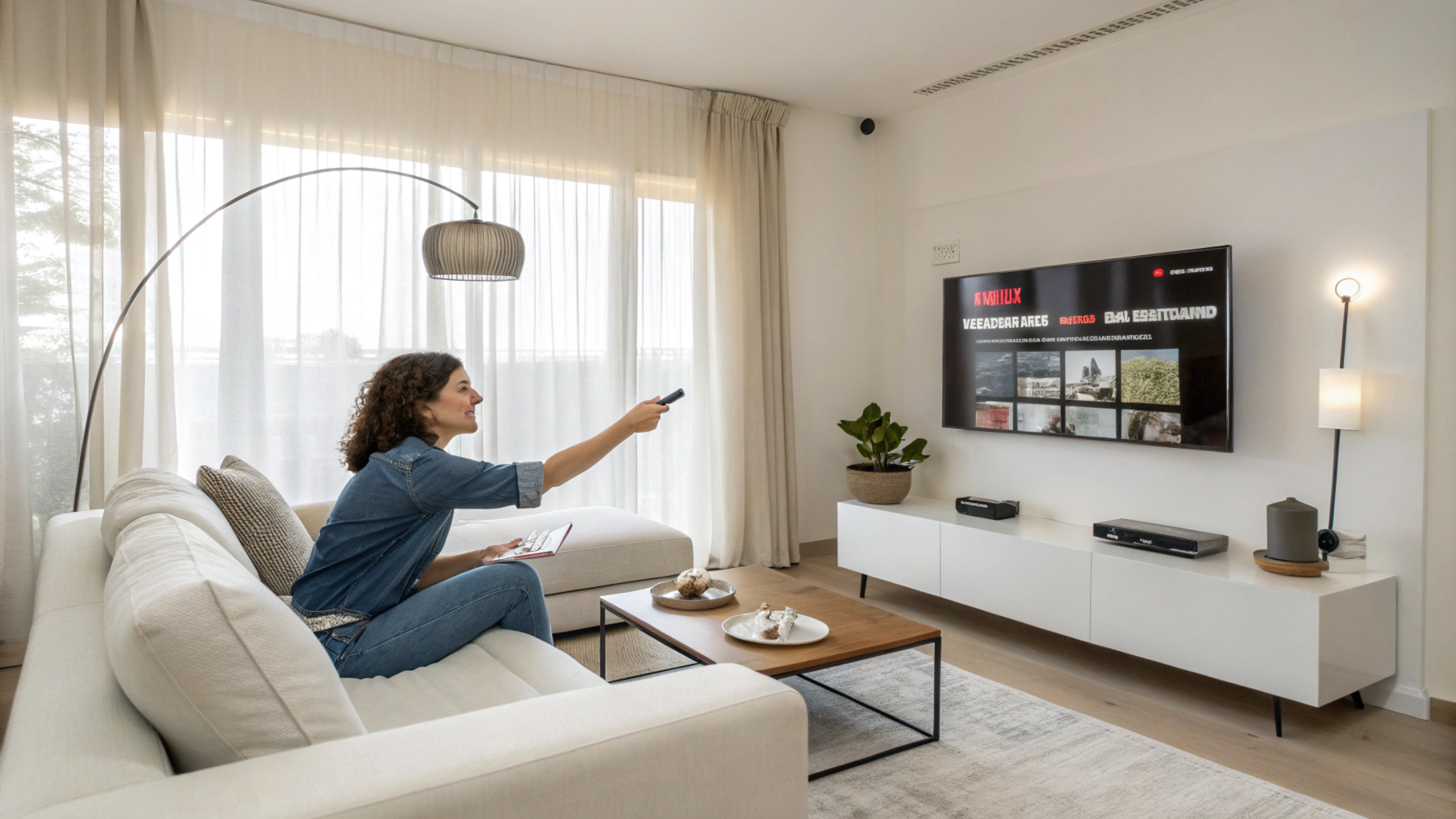UX and SEO: How a good User Experience improves your Google Ranking
In today’s competitive digital landscape, both search engine optimization (SEO) and user experience (UX) are essential for the success of any website. Although often considered separate disciplines, they are closely intertwined and complement each other to enhance your site’s performance and ranking on Google.
How do UX and SEO Relate?
An excellent user experience not only satisfies your visitors but also plays a crucial role in your SEO strategy. Google values sites that offer a smooth and enjoyable experience. Here’s how UX aspects directly impact SEO and vice versa:
- Page Speed
- UX: A fast website improves user satisfaction, reduces bounce rates, and increases the time users spend on the site. Additionally, faster loading contributes to a more enjoyable navigation experience.
- SEO: Google considers page speed an important ranking factor. A slow site may be penalized in search results, negatively affecting your online visibility. Therefore, keeping your site agile is crucial.
- Ease of Navigation
- UX: Clear and well-structured navigation helps users find the information they seek, enhancing their overall experience on the site. This is key to keeping users engaged.
- SEO: Search engines reward sites with a clear structure and effective internal links. This facilitates indexing and improves ranking in search results, making your site more visible.
- Mobile Optimization
- UX: With the increasing use of mobile devices, it’s essential that your site is responsive. A design that works well on all devices ensures a consistent experience for users.
- SEO: Google prioritizes mobile-optimized websites in its search results, especially with the mobile-first index. If your site isn’t mobile-friendly, it may lose positions in the ranking.
- Quality Content
- UX: Relevant and well-presented content keeps users interested and engaged, encouraging repeat visits and increased time on site.
- SEO: Google rewards useful and high-quality content that addresses user queries. Good content can improve your search ranking and attract more organic traffic.
- Attractive Visual Design
- UX: A professional and visually appealing design improves the first impression and makes users feel comfortable navigating the site. This can also increase the time users spend on your page.
- SEO: While visual design does not directly affect ranking, an aesthetically pleasing site can lead to higher engagement and time on site, factors that indirectly benefit SEO.
How to improve both UX and SEO?
To optimize user experience and improve SEO, consider the following steps:
- Conduct Speed Audits: Use tools like Google PageSpeed Insights to identify and fix loading issues.
- Optimize Site Structure: Ensure clear navigation and well-organized internal links.
- Ensure Responsive Design: Make sure your site provides a smooth experience across all devices.
- Create Valuable Content: Publish content that answers your users’ questions and needs.
- Use an Attractive Design: Choose a professional design that enhances the first impression and facilitates navigation.
Would you like to improve both UX and SEO on your Site?
At Checkealos, we help you optimize your website to provide an exceptional user experience and improve your Google ranking. Contact us today for a free consultation and discover how we can help you achieve both goals.
Remember: An excellent user experience not only delights your visitors but also boosts your ranking in search engines. Don’t underestimate the importance of combining UX and SEO for the success of your website!
I hope you found this article useful!




